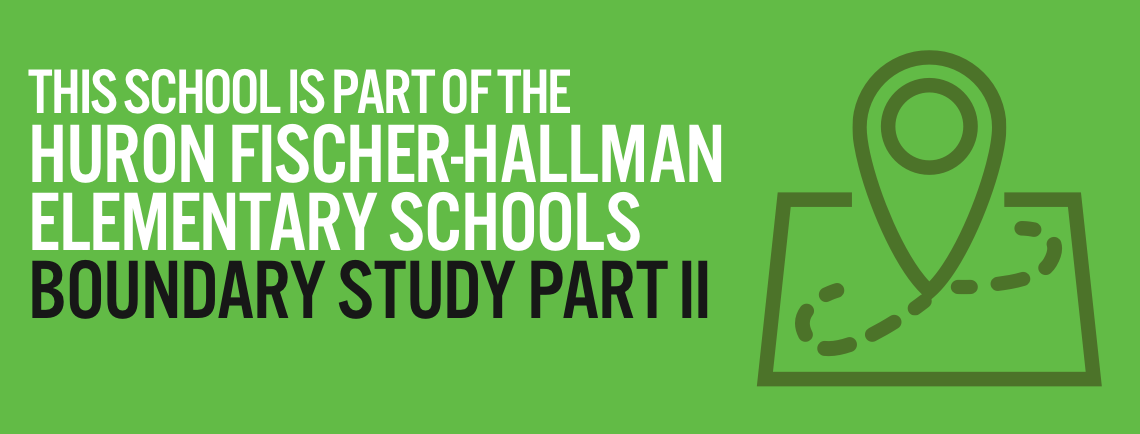So, what does it mean to be a HERO School?
Being a HERO School is a very special designation and we are honoured and excited to hold that title. HERO Generation is a research-based, positive education framework that supports staff and student well-being. The framework, designed by Plasticity Labs, provides educators with tools to build a positive learning environment where students can flourish.
The HERO Traits focus on skill development, strengthening: Hope, Efficacy, Resilience, Optimism (HERO) along with Gratitude, Empathy, Mindfulness (GEM). These traits have been shown to increase academic success, boost individual health, happiness and performance, and decrease stress and anxiety in youth and adults.
Early research suggests these benefits are only enhanced further when students practice these traits at home as well as in the classroom.
We have included access to resources to use with your child at home. It is our hope that these resources will help us to achieve our joint goal of building the most positive, inclusive, and high-performing school communities for all students.
Introduction to the HERO Traits:
H = HOPE
What is hope?
- Hope is knowing there is a way to reach your goals and believing that you will get there.
- Hope is about goal setting, planning how to achieve it, and taking actions to do so.
- Hope isn’t only wishful thinking – it’s about working hard towards your goals.
Activity at home:
As a household, set a family goal. This can be anything, from taking a walk together one night this month, watching less tv, or spending more time together. Write out the goal, or draw a picture, and put it somewhere where everyone will see it often. Make it something easy to start – something that all of you can achieve and be sure to celebrate when you achieve your goal!
E = EFFICACY
What is efficacy?
- Self-efficacy is about believing in yourself and knowing you have the skills to achieve what you set your mind to.
- Self-efficacy is your belief in your own abilities to deal with different situations; your confidence in your control over your own motivations, behaviours and social environment.
Activity at home:
Attempt a big goal! Attempt something you’ve never done before as a family and just try it. Plan to make mistakes and celebrate them. Give an award for the most improved over the course of the month. Make sure the emphasis is on trying each task, not perfecting the final goal.
R = RESILIENCE
What is resilience?
- Resilience is the ability to bounce back or bounce forward after failure or challenge and try again.
Activity at home:
Conversation starters! At your next dinner chat, or while driving somewhere, discuss with each other a time when you were resilient. For example, ask “Tell me about a time you didn’t get it right the first time, but you tried again,” to get the conversation started!
O = OPTIMISM
What is optimism?
- Optimism is about seeing the best in yourself, in others, and in your surroundings.
- Optimism is a way of thinking; looking on the bright side, expecting positive outcomes and thinking happy thoughts.
Activity at home:
Make a “Good Things Jar.” Use a shoe box or jar and decorate it together as a household. Each week, each person writes out or draws on a slip of paper, one (or more!) good thing that happened to them that week. Every couple of months, spend time as a household reading through all of the good things.
G = GRATITUDE
What is gratitude?
- Gratitude is about noticing, acknowledging and appreciating the things in your life.
- Gratitude is about being thankful.
Activities at home:
Write a thank you note to someone you appreciate or draw them a picture.
Try to find the ‘silver lining’ when things go wrong. Find some good in each situation instead of focusing on the bad.
Use dinnertime to go around the table and ask each other, “What made you smile today?” Try to practice it as often as possible to make it a habit.
E = EMPATHY
What is empathy?
- Empathy is placing yourself in another person’s shoes and thinking about how others may be feeling.
- Empathy is the ability to understand and share the feelings of another person.
Activity at home:
Always take time to listen to “the other side of the story.” When a conversation focuses on how mean that person was or how strange a schoolmate was behaving, give three alternate reasons for that person’s behavior. Analyze the time of day – was that person busy? Distracted? What else was going on during that moment? Why was that schoolmate behaving like that? Create empathetic moments by stepping in to the mind and life of someone else and seeking to understand
M = MINDFULNESS
What is mindfulness?
- Mindfulness is about being purposefully aware of what is happening as it happens.
- It is a state of active, open attention on the present moment.
- Mindfulness means paying purposeful attention to the present moment in a nonjudgmental way.
Activity at home:
Make mealtime an event in your kitchen this month. Gather everyone together and prepare a meal. Smell and taste the ingredients and discuss them as a family. Set the table up like you’re dining at a restaurant, it doesn’t need to be fancy, just make it special. Make sure all devices are turned off and there isn’t any distracting noise in the background. Once prepared, then take time to eat it slower than normal. Make time to share your gratitude around the table while you’re eating.
